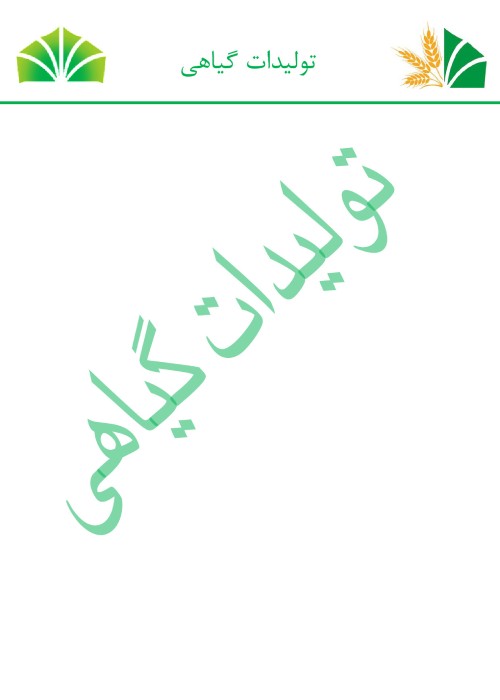Comparison of Salinity Tolerant of Three Cultivars of Commercial Pomegranate (Punica granatum L.)
Pomegranate (Punica granatum L.) is an economically important commercial fruit plant species belonging to the family of Punicaceae. Saline irrigation water is currently one of the most severe limiting factors in the cultivation area. In recent years, nearly 7% of the global cultivated lands are affected by salinity, and soil salinization aggravating has been a more significant threat to the healthy and sustainable development of agriculture worldwide. Therefore, the study aimed to determine the effects of salt stress on physiological and biochemical characteristics in pomegranate cuttings to better understand the salt resistance of pomegranate and offer a reference for pomegranate cultivation on saline lands.
A pot experiment was conducted for nine months to evaluate and compare three Iranian cultivar salinity tolerance of commercial pomegranate in 2017-2018. The experiment was arranged in factorial based on a completely randomized design with two factors included water salinity in 5 levels of 1, 3, 5, 7, and 9 dSm-1 and three commercial pomegranate genotypes (‘Shishehcap Ferdos,’ ‘Malas Saveh’ and ‘Malas Yazdi’) in 4 replications and generally with 60 pots. At the end of the experiment, the vegetative yield and fresh and dry weight of leaves, ion leakage, relative water content, chlorophyll a, b and total were also measured. In addition, leaves were analyzed for Na+, K+, Cl–, and Na/K ratio elements.
Results showed that cultivar and salinity levels were affected by morphological and physiological characteristics, and concentration of nutritional elements. In all the three studied cultivars, an increase in the salinity levels led to a significant decrease in the growth characteristics, the relative water content of leaves, and chlorophyll. Moreover, the percentage of leaf necrosis, fall, and ion leakage increased considerably. Also, with increasing salinity levels, Na+, Cl- and Na+/Cl- significantly increased. In the highest level of salinity (9 dS.m-1), the maximum growth characteristics, fresh and dry weight of leaves, green leaves, the relative water content of leaves, chlorophyll, and potassium, and the lowest percentage of leaf necrosis, ion leakage, Na+, Cl- and Na+/Cl- were obtained in a cultivar of ‘Malas Yazdi.’
Generally, among the investigated cultivars, ‘Malas Yazdi’ and ‘Malas Saveh’ were the highest and the lowest tolerants, respectively. Our study showed that the adverse effects on physiological and morphological indexes aggravated over stress time. We inferred that it was one of the mechanisms for pomegranate alleviating the detrimental effects of salt stress. This study would provide a theoretical basis for the cultivation and utilization of pomegranate plants on saline soil.
- حق عضویت دریافتی صرف حمایت از نشریات عضو و نگهداری، تکمیل و توسعه مگیران میشود.
- پرداخت حق اشتراک و دانلود مقالات اجازه بازنشر آن در سایر رسانههای چاپی و دیجیتال را به کاربر نمیدهد.



